Making a Pokemon team ready for competitive play is all about knowing each aspect of a Pokemon that affects battle. One of the most basic is Pokemon types. You may know the Rock, Paper, Scissors style that Fire, Water, and Grass fall under, but what about all the other types under the Pokemon rainbow? With as many types as there are in Pokemon, the combination of effectiveness for each move is vast. Understanding each Pokemon at a glance is the key to competitive Pokemon. Using type effectiveness, you can determine whether it may be best to attack, use a strategic move, or risk switching your Pokemon.
Learning the basics of types and how they impact both Pokemon and move sets is one of the first steps toward learning competitive Pokemon. While some games in the modern era of Pokemon tell you if a move is going to be super effective against a Pokemon, this is not the case if you’ve never caught the Pokemon before. So whether you’re battling out in the wild or having one with a friend, type effectiveness is important from start to finish. In this article, we’ll go over why type matchups are so important, what a STAB move is, how critical hits come into play, and the importance of dual typing. If you just want a quick reference for type super effectiveness and how each type can attack or defend against another, we have a chart that can help.
Related: Best Competitive Pokemon Item Combinations, Explained
Why Are Type Matchups Important in Pokemon?
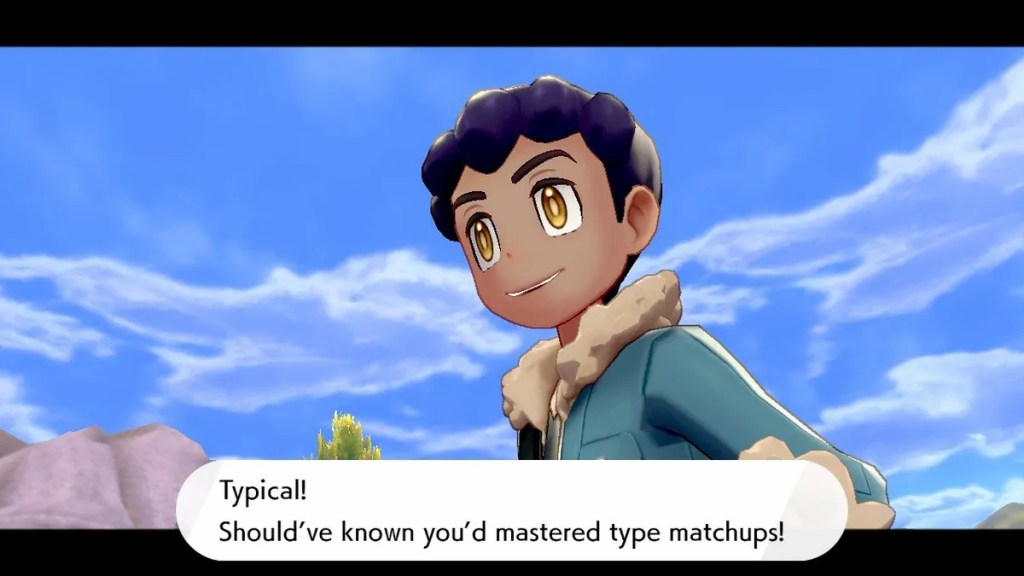
Type matchups are plenty important because no Pokemon is without a type. A type, even for a Normal type Pokemon, is an asset as well as a debuff. While a Rock type may be effective against Bug types, there are other types that it needs to watch out for. If one type is supereffective against another, the damage doubles. If it’s not effective against another, the damage is halved. There are even cases where one type can’t damage another, such as with Normal and Electric types. Because double damage can be pretty significant depending on the move, defending your Pokemon by switching out at the right time can turn the tide of any battle.
Related: The 5 best Pokemon for Tera Raids – Best Pokemon to train and use in Tera Raids
Understanding your type matchups is essential for any competitive battle, and while it may be best to memorize them, it’s a lot of data to keep track of. Having a chart saved nearby can definitely help, especially with your battles in real-time. If you aim to memorize them, it can help to consider the types as they occur naturally. For example, you can remember that Ice is weak to Water because when you put ice cubes in a glass, they tend to melt far faster than when they’re in the open air. Fighting is super effective against Dark because while a Dark-type Pokemon might be using underhanded tactics to get attacks off, a Fighting-type Pokemon is a precise combatant, and likely knows how to deal with dirty fighting.
Type Matchups in Pokemon
Below we have a chart that you can use to calculate your type matchups. The left side is the type when it’s attacking. The topmost row is when the type is defending.

What does STAB mean in Pokemon?
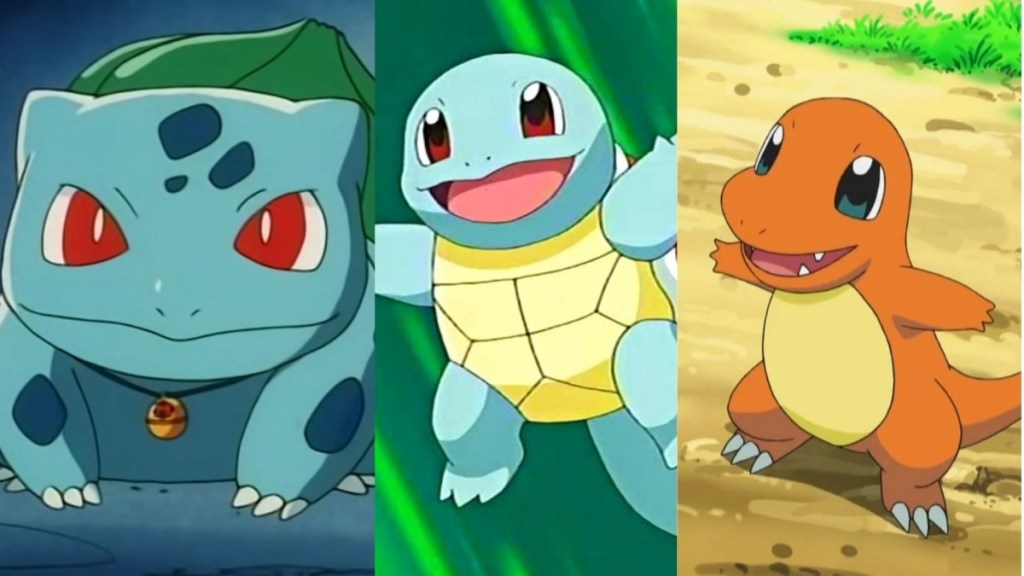
STAB is an acronym, commonly used during competitive talk when considering a Pokemon for a team. Same Type Attack Bonus (or STAB) boosts move damage by 20% just for having the same type as your Pokemon. For example, if you tell your Flareon to use Fire Blast, that blast is going to have 20% more firepower behind it because Flareon and Fire Blast share the same type. Does this mean you should make all of your moves the same type as your Pokemon? If you want your Pokemon to have any flexibility, the answer is no.
Related: Can Snorlax Be Shiny In Pokemon Sleep?
To have a Pokemon that works well on any team, it’s best to consider STAB as well as the Pokemon’s move pool. Consider the type of each move you work with, and what you may run into during your battle. Can you think of any type matchup that may help a Psychic type? If your Psychic type meets a Dark type while battling, that could spell trouble. However, if your Pokemon has a Bug-type move in its arsenal, no matter that Pokemon’s type, it still has something to use against the opposing Dark-type Pokemon.
How Do Dual Types Work in Pokemon?
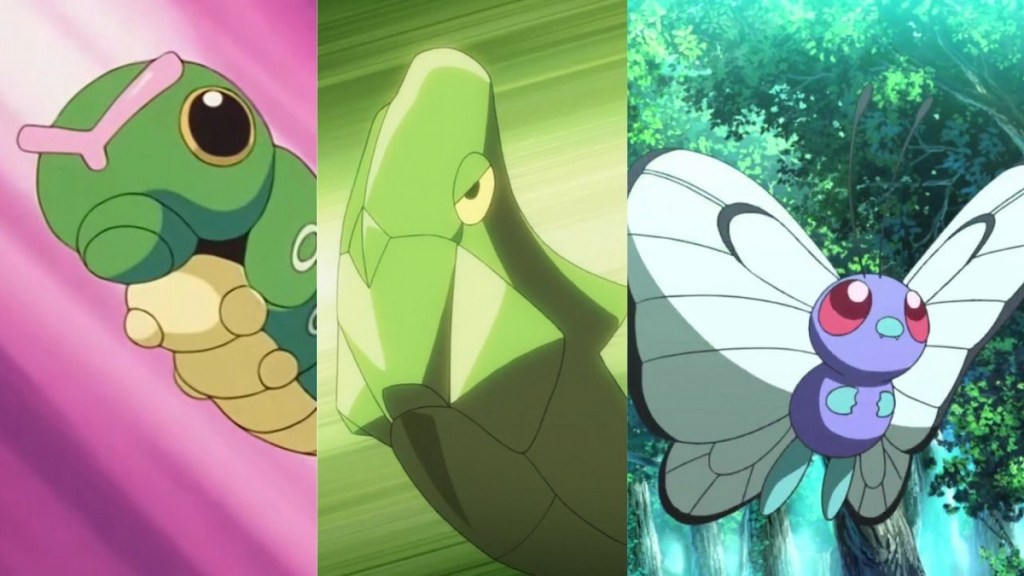
If you have a Pokemon with two types, the Pokemon is both of those types equally. That means that anything on our type effectiveness chart goes for that Pokemon, no matter what the two types are. If the defending Pokemon has more than one type, the modifiers to calculate the damage are multiplied together. So, for example, if you have a Flying/Bug Pokemon, a Rock-type move would hit it for 4x the regular damage instead of 2x. However, if you try to hit a Ground/Fire type with an Electric move, the Pokemon with ground typing will still receive no damage since anything multiplied by zero is still zero.
It doesn’t matter in what order the typing has when displayed on your screen. If it’s there, it counts. With dual typing comes a bit of dual worry. Compensating for both types and their weaknesses can be a big oversight that new players make. Keep in mind though, it’s not all negative. Many Pokemon have dual typing, and that can more often work for your advantage than against it. Dual typing means dual advantages with STAB moves, meaning that you have twice the likelihood of finding moves that work with your Pokemon’s dual typing. As you raise and evolve Pokemon, try to keep track of their type as they grow, so that you can equip moves that can help you more effectively as you battle your way through the story, and eventually online.
What is Crit Ratio in Pokemon?
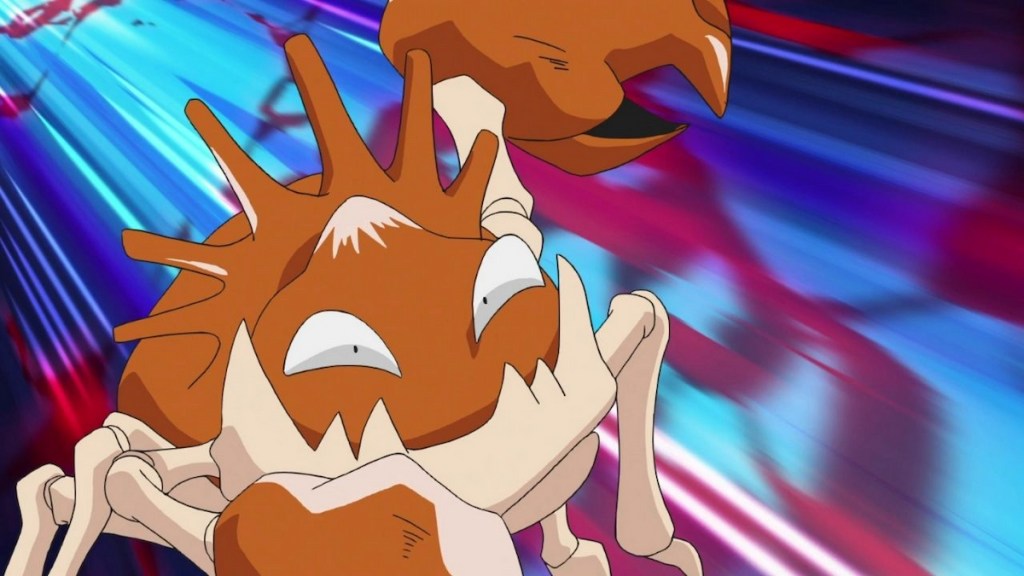
Crit ratio, or critical hit ratio, is the likelihood that a Pokemon has to make a critical hit. A critical hit does double damage after all the multipliers are factored in. So, if you have a Krabby (a Water type) that’s using a Water-type move, and it lands a critical hit, not only do you have a Water-type move with 20% more damage added onto it, but that damage is doubled as well. Even Fire types may not do so well against sheer force, which is why critical hit ratios can be very important for a battle.
If your Pokemon performs a critical hit during battle, it’ll be obvious. Not only because of the damage but because the game does indicate it every time right after the hit lands. In general, without any influence of items or abilities, the critical hit ratio is about one out of 260. However, there are some items and abilities that can naturally boost this kind of ratio. For example, Super Luck boosts critical hit ratios, while items like a Scope Lens do the same thing if a Pokemon holds it. There are also moves, such as Razor Leaf or Psycho Cut, that have naturally higher critical hit chances. So when evaluating moves for your Pokemon, make sure to take the description into account as well; it may have some information that makes it important in comparison to other moves.






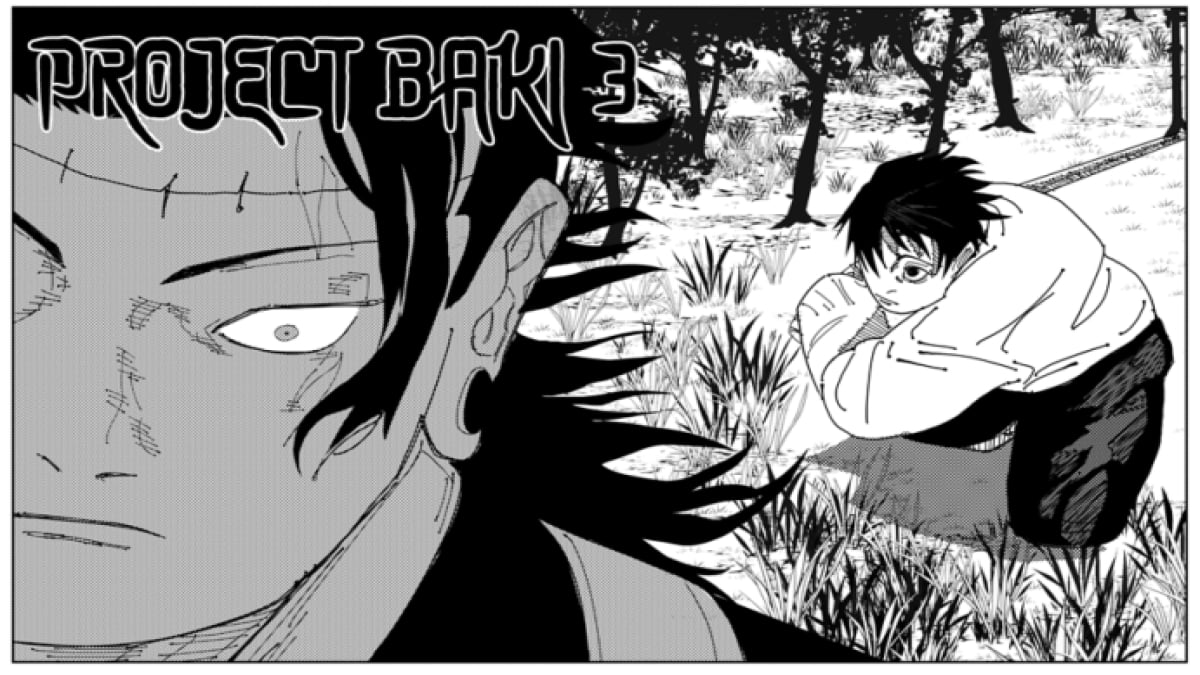
Published: Aug 7, 2023 02:13 pm